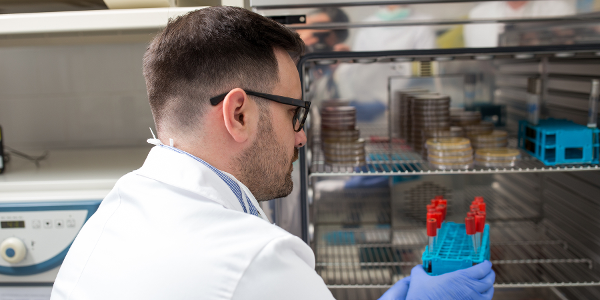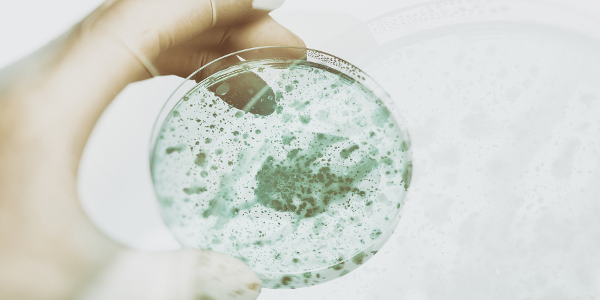Key considerations when it comes to ultra-low temperature freezer performance, as well as creating the best cell culture environment
What you need to know when buying an ultra-low temperature freezer
What does BTU performance actually mean when evaluating an ultra-low temperature freezer?
As the industry strives to develop more energy efficient freezers, it is important to be knowledgeable of British Thermal Unit (BTU) specifications. A straight comparison of BTU specifications among various manufacturers and freezer models is of little value. If you’re interested in buying an ultra-low temperature freezer, it is important to understand BTU specifications within the context of how this number is determined and under what conditions it was established.
What performance measures are important when purchasing an ultra-low temperature freezer?
What you see isn’t always what you get when it comes to manufacturer-reported freezer performance. However, ENERGY STAR criteria for independent testing against common performance values has prompted manufacturers to invest in third-party evaluations of product functionality so that purchasing decisions can be based on reliable data.
But third-party performance profiles are only valuable if you understand the key performance parameters of ultra-low temperature freezers and the relative importance of these data in the context of the true operating costs.
Creating the best cell culture environment
Contamination control methods in multigas cell culture incubators
CO2 and multigas (CO2 and O2) incubators are designed to create a carefully blended environment configured to replicate in vivo conditions in vitro. Despite the fact that cell culture vessels or roller bottles with filtered caps are used for cell culture processes inside the controlled environment of the incubator, the cell culture environment is particularly susceptible to bacteria, yeasts, spores, fungi, and other airborne pathogens introduced into the chamber during normal openings. These contaminants pose a direct threat to cell viability.
For this reason, once the inner door of the incubator is closed, contamination control is managed by a range of passive and active decontamination methods.
Best practices to minimize surface and airborne contamination in your cell culture incubator
Cell growth in cell culture incubators presents a myriad of challenges associated with exposure to microorganisms that are not present in the in vivo state. Depending on the type of cell cultures being managed, several operating parameters must be carefully controlled with accuracy, repeatability, and flexibility in setpoint choices. These include temperature, gas control, and relative humidity.
Without regular maintenance, incubators can become contaminated with bacteria, molds and yeasts, and viruses, that can damage or destroy the cell culture in progress. However, prudent laboratory techniques can help prevent the recurrence of contamination and avoid downtime and loss of work in situ.







Get Social